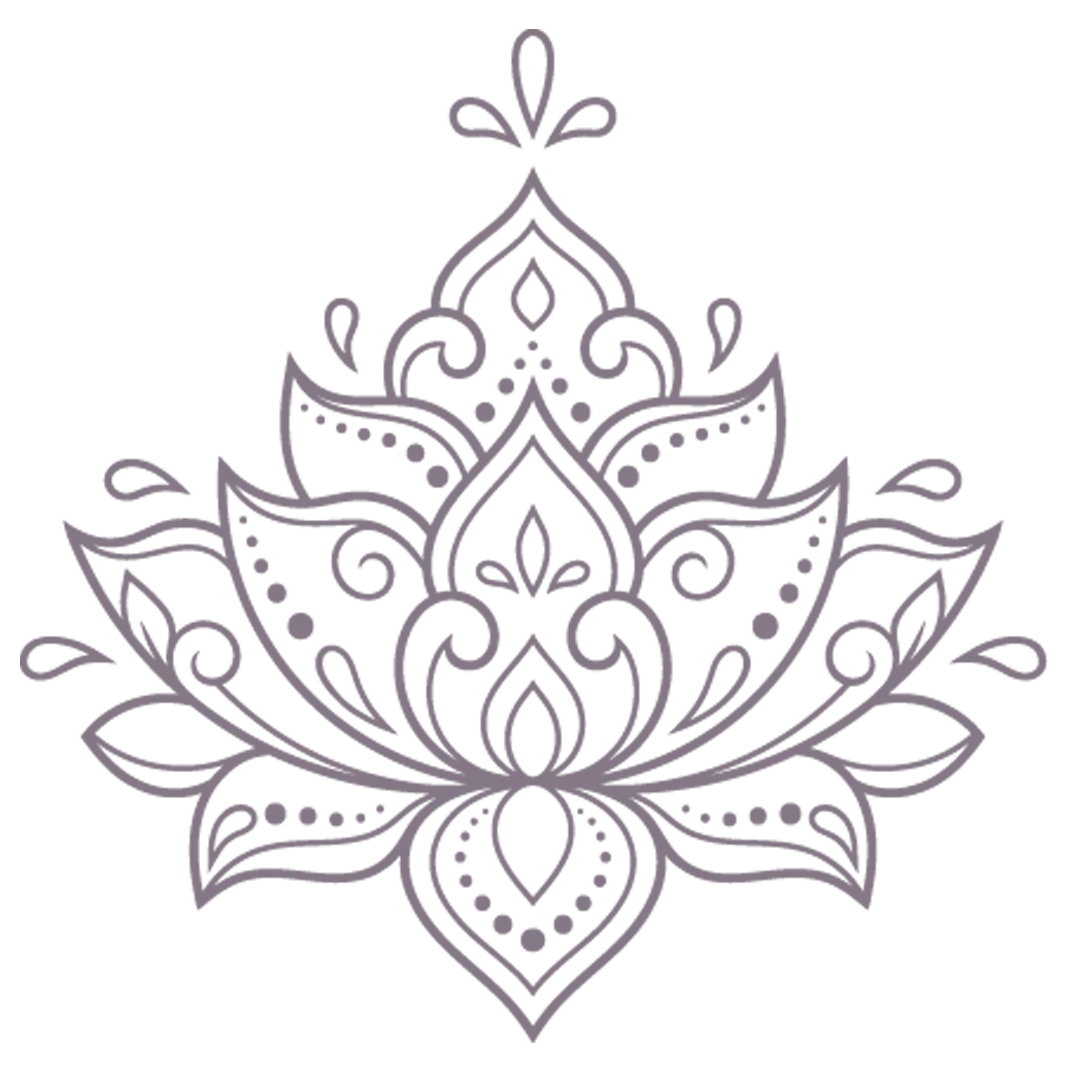Frequently Asked Questions
1. How does Reiki work? What is it?
2. What happens when you receive Reiki treatment?
3. How long do the effects of Reiki last?
4. What time of day is ideal for Reiki?
5. Is Reiki beneficial to the body?
6. What should I anticipate from my initial Reiki session?
7. Can trauma be cured by Reiki?
8. How should I dress for a Reiki massage?
9. Does Reiki help with sadness and anxiety?
10. How do Reiki and massage differ from one another?
11. What chakra is PTSD affecting?
12. Is Reiki something spiritual?


